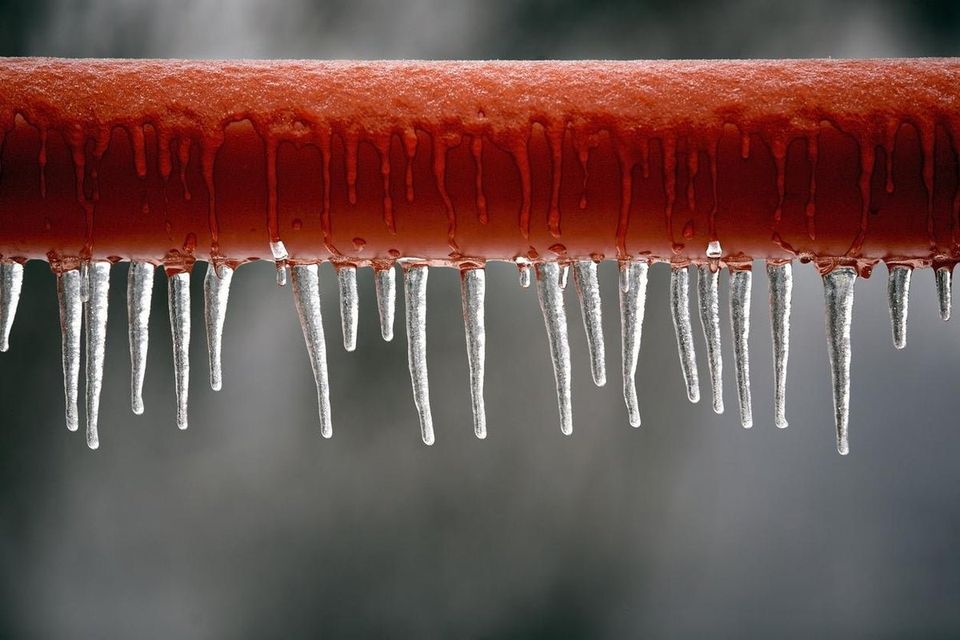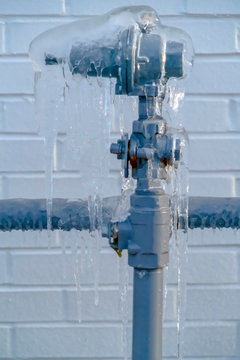Preventing Frozen Pipes in Cold Weather: Expert Strategies
Preventing Frozen Pipes in Cold Weather: Expert Strategies
Blog Article
Listed here in the next paragraphs you can find lots of really good help and advice relating to How to Prevent Your Pipes From Freezing.

Winter can ruin your pipes, particularly by freezing pipelines. Below's just how to avoid it from occurring and what to do if it does.
Introduction
As temperatures decline, the threat of frozen pipes rises, potentially causing expensive repairs and water damages. Comprehending how to avoid icy pipes is vital for property owners in chilly environments.
Prevention Tips
Insulating vulnerable pipes
Cover pipelines in insulation sleeves or utilize warm tape to safeguard them from freezing temperatures. Concentrate on pipelines in unheated or outside locations of the home.
Heating methods
Maintain indoor areas properly warmed, specifically locations with plumbing. Open up cabinet doors to enable cozy air to distribute around pipelines under sinks.
Just how to identify frozen pipes
Search for decreased water flow from faucets, unusual odors or noises from pipelines, and noticeable frost on revealed pipelines.
Long-Term Solutions
Architectural changes
Consider rerouting pipes away from outside wall surfaces or unheated locations. Add added insulation to attic rooms, basements, and crawl spaces.
Upgrading insulation
Invest in high-quality insulation for pipes, attics, and wall surfaces. Appropriate insulation helps keep regular temperatures and lowers the threat of icy pipelines.
Shielding Outdoor Pipes
Garden tubes and outside taps
Disconnect and drain garden hose pipes before wintertime. Install frost-proof spigots or cover outside faucets with protected caps.
Understanding Icy Pipes
What triggers pipelines to freeze?
Pipes ice up when exposed to temperatures listed below 32 ° F (0 ° C) for prolonged durations. As water inside the pipes ices up, it expands, putting pressure on the pipeline walls and potentially triggering them to break.
Threats and problems
Icy pipes can cause water disruptions, residential property damage, and pricey repair services. Ruptured pipes can flood homes and create extensive structural damage.
Indicators of Frozen Piping
Identifying frozen pipes early can stop them from breaking.
What to Do If Your Pipelines Freeze
Immediate activities to take
If you suspect frozen pipes, keep faucets open to alleviate pressure as the ice melts. Utilize a hairdryer or towels soaked in hot water to thaw pipes gradually.
Conclusion
Preventing frozen pipelines requires proactive steps and fast reactions. By understanding the reasons, signs, and preventive measures, house owners can safeguard their plumbing during cold weather.
5 Ways to Prevent Frozen Pipes
Drain Outdoor Faucets and Disconnect Hoses
First, close the shut-off valve that controls the flow of water in the pipe to your outdoor faucet. Then, head outside to disconnect and drain your hose and open the outdoor faucet to allow the water to completely drain out of the line. Turn off the faucet when done. Finally, head back to the shut-off valve and drain the remaining water inside the pipe into a bucket or container. Additionally, if you have a home irrigation system, you should consider hiring an expert to clear the system of water each year.
Insulate Pipes
One of the best and most cost-effective methods for preventing frozen water pipes is to wrap your pipes with insulation. This is especially important for areas in your home that aren’t exposed to heat, such as an attic. We suggest using foam sleeves, which can typically be found at your local hardware store.
Keep Heat Running at 65
Your pipes are located inside your walls, and the temperature there is much colder than the rest of the house. To prevent your pipes from freezing, The Insurance Information Institute suggests that you keep your home heated to at least 65 degrees, even when traveling. You may want to invest in smart devices that can keep an eye on the temperature in your home while you’re away.
Leave Water Dripping
Moving water — even a small trickle — can prevent ice from forming inside your pipes. When freezing temps are imminent, start a drip of water from all faucets that serve exposed pipes. Leaving a few faucets running will also help relieve pressure inside the pipes and help prevent a rupture if the water inside freezes.
Open Cupboard Doors
Warm your kitchen and bathroom pipes by opening cupboards and vanities. You should also leave your interior doors ajar to help warm air circulate evenly throughout your home.

As a keen person who reads about 6 Ways to Prevent Frozen Pipes, I figured sharing that section was beneficial. If you enjoyed reading our blog posting if you please consider to share it. I praise you for being here. Come back soon.
Call Today Report this page